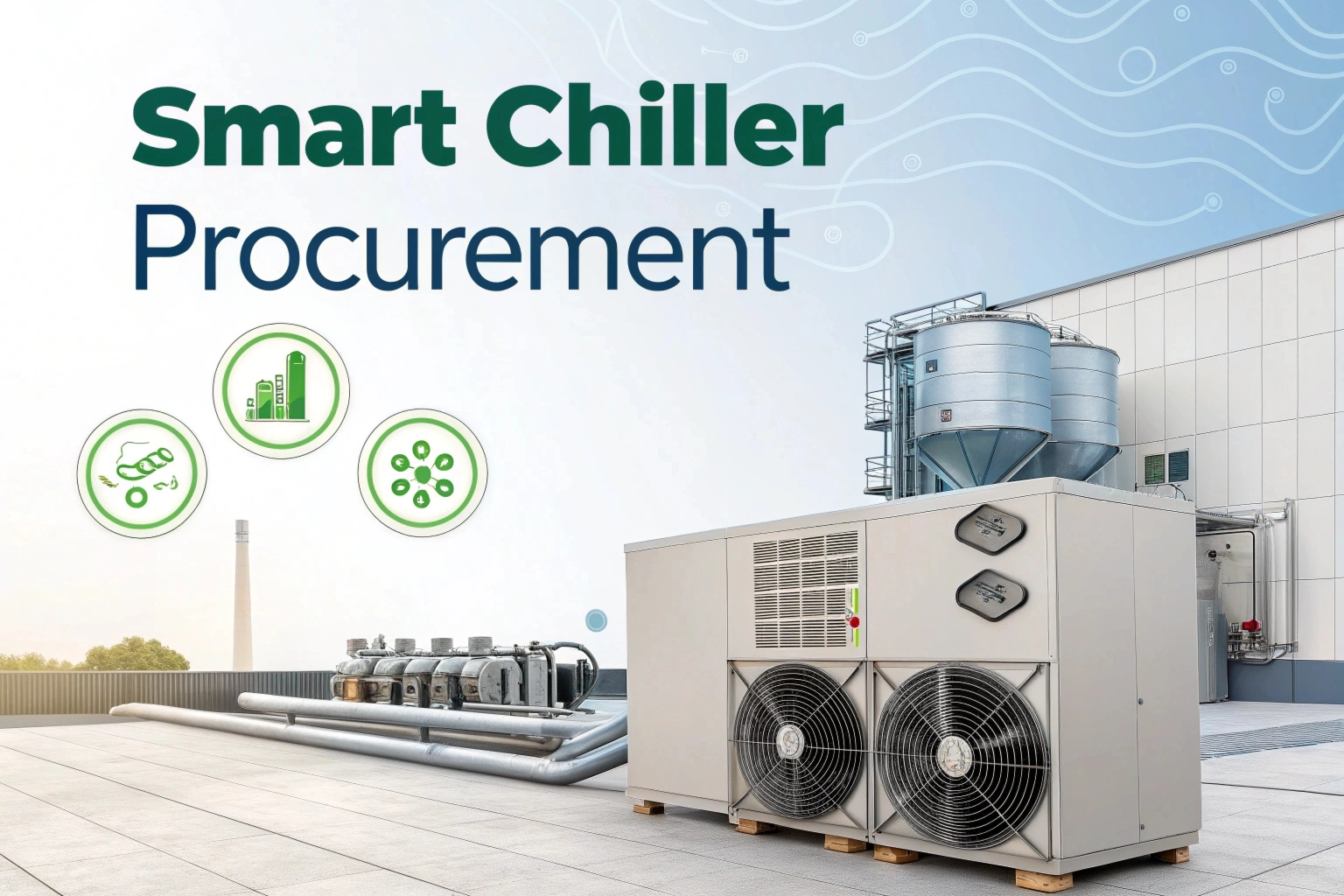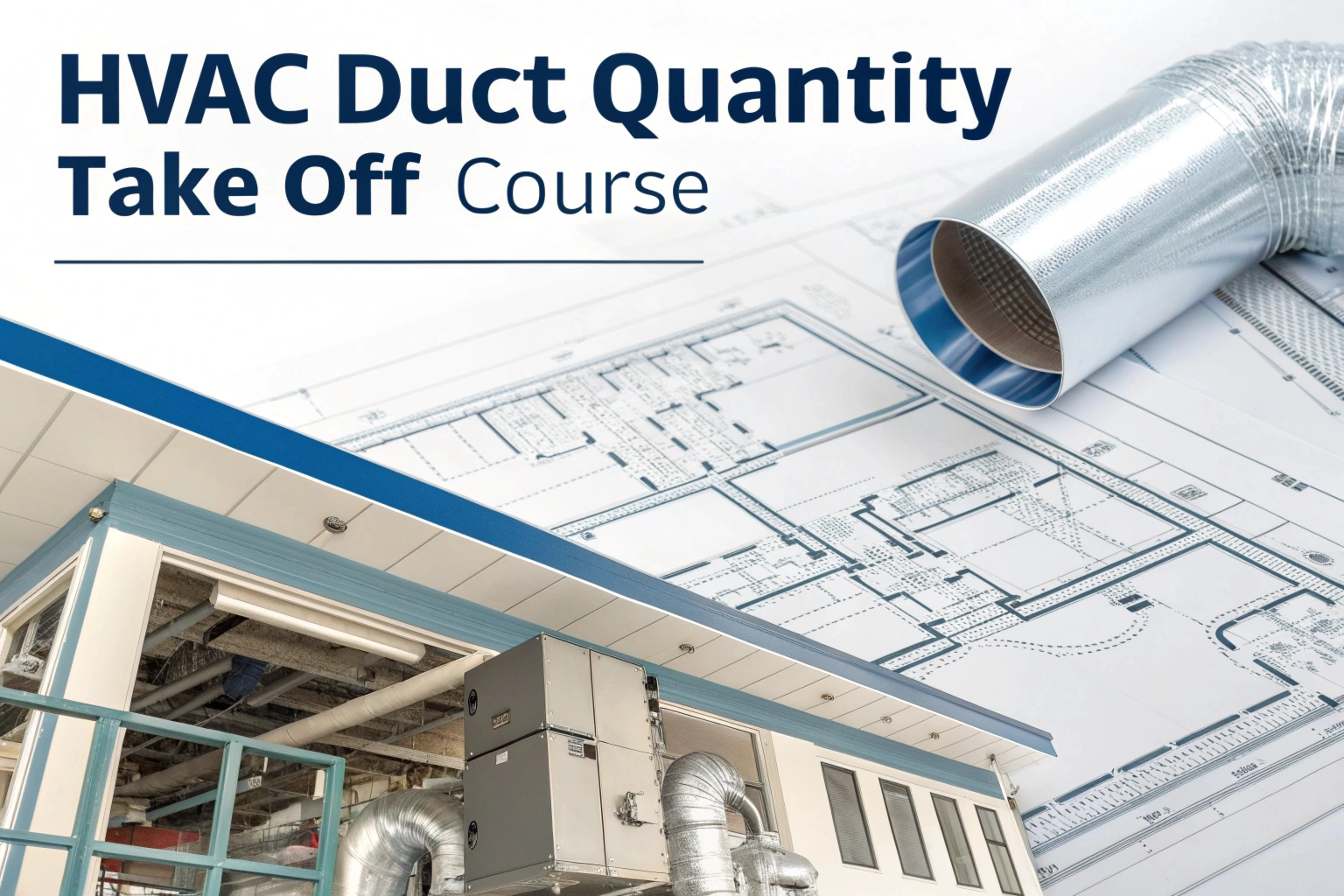Understanding Heat Loss Transfer in Ductwork
The amount of Duct heat loss & gained through ductwork affects HVAC system design and energy efficiency. Inadequate insulation or sealing of ducts can result in large energy losses that raise operational expenses. On the other hand, increased cooling loads may be required due to heat gain from hot attics or other unconditioned rooms. HVAC engineers may minimize losses and maximize system performance by having a thorough understanding of the principles underlying duct heat transfer.
The three main ways that heat is transferred through ducts are by conduction, convection, and radiation. Heat transmission through the duct material itself is referred to as conduction. Compared to insulated ducts, metal ducts transport heat considerably more easily. Heat is transferred by moving air through convection. By convection, hot air inside ducts transfers heat to the duct wall. Convective heat transmission is also facilitated by outside air passing over ducts. Lastly, radiation explains how electromagnetic waves cause heat to move from hot duct surfaces to colder environments.
What is Duct Heat Loss?
When the ducts are operating normally, air can circulate throughout the house. The heat that passes through the wall is subsequently lost through the ducting. The ducts will soon lose a lot of heat if the house is kept as cold as possible and the same air flow through the ducts is maintained constantly. This heat will then be lost outdoors and land on the ground, in the attic, and through the walls. We are worried about this heat loss through the ducts.
What is the best Duct Choices for Heat Loss or Heat Gain?
Throughout the summer, the house gets warmer as the sun rises higher in the sky and makes contact with it. At over 300 degrees Fahrenheit, the air that enters the ducts is substantially hotter than the air outside the house. As a result, heat is lost from the air in the ducts far faster than it would be outside the home. A large portion of the heat must exit the home through the windows, the roof, and the walls because the air is still warmer at night than it is during the day. This is the loss of heat that we are worried about.
Example- 1 – Ductwork Heat Gain Condensation Computer Program Input Data

Example – 2 – Ductwork Heat Gain & Condensation Analysis Computer Program Input Data

Understanding the basic mechanisms Ductwork Heat Gain
HVAC professionals can create the best possible systems thanks to duct heat transfer. Ducts that are properly sealed and insulated reduce losses, improving both efficiency and occupant comfort. Reducing the amount of heat gain from hot attics and unconditioned areas lowers the need for cooling. Peak efficiency can be achieved by HVAC systems with proper duct design and routine maintenance.
Also Read this Post for understanding How to – Calculate Duct Surface Area











